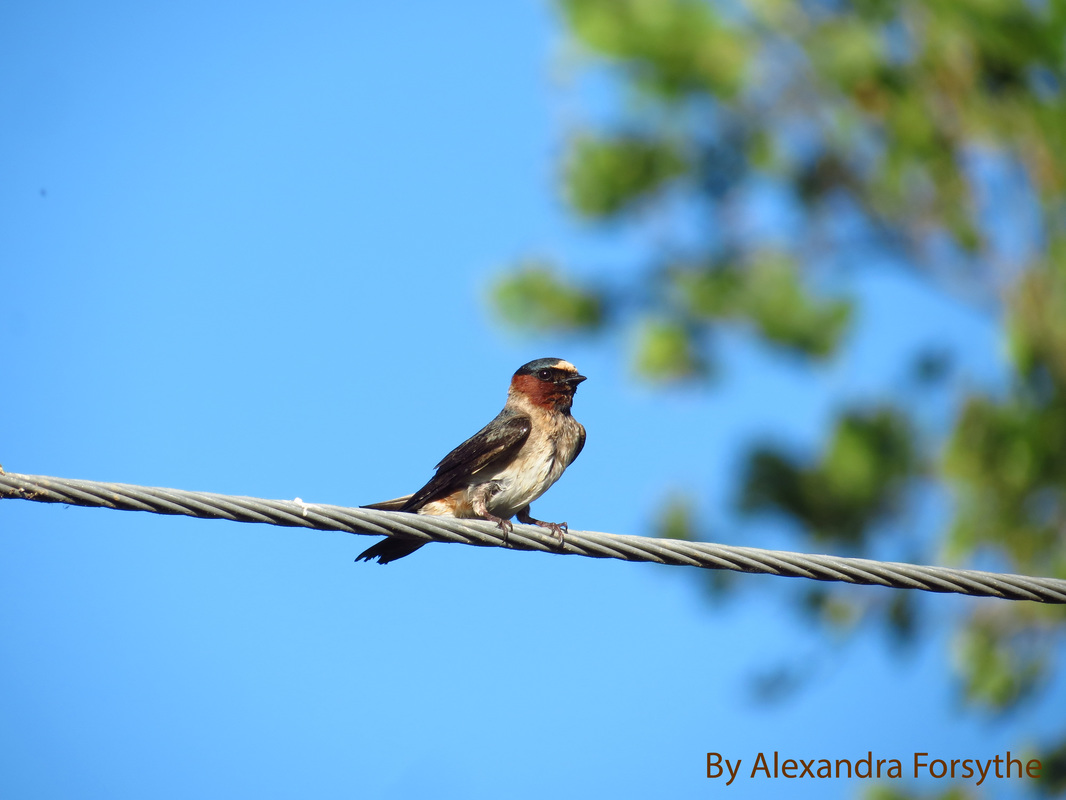The Limberlost Swamp is the wetland most associated with Gene Stratton-Porter, but other local wetlands played a role in her life and career. She mentions Rainbow Bottom, the Wabash River floodplain in the Ceylon Covered Bridge area, in some of her nature books and two of her novels. Another local wetland, the Canoper, is mentioned in the nature book Moths of the Limberlost, and is featured prominently at the beginning of her novel At the Foot of the Rainbow.
The Canoper was a swampy area across the Wabash River and to the north of Rainbow Bottom. In At the Foot of the Rainbow‘s chapter three, titled “The Fifty Coons of the Canoper”, some of the local men take a thread salesman from Boston, who is passing through the area, on a winter bogus coon hunt in the Canoper. He is told there is a tree there with fifty raccoons living in it. The men follow the railroad tracks north of town and cross the icy river bridge. Their dogs pick up scent and Gene writes “Deeper and deeper into the wild, swampy Canoper led the chase.” After running the poor salesman ragged through the cold and dark, it is eventually revealed that the only coon in the tree is a tame little pet raccoon chained to a branch!
In Moths of the Limberlost, Gene describes the effect of a carnival’s visit to Geneva on the area moths. She writes “There was a carnival in the village, and for three nights the streets were illuminated brightly from end to end, to the height of Ferris wheels and diving towers. The lights must have shone against the sky for miles around, for they drew from the Limberlost, from the Canoper, from Rainbow Bottom, and the Valley of the Wood Robin, their winged creatures of the night.” The Valley of the Wood Robin was Gene’s name for the area between Limberlost Creek and the Wabash River.
According to local tradition, the Canoper got its name from the word “canopy”, and this referred to the dense forest cover of this swampy area. The Canoper Creek (now the Amstutz Ditch) ran through this swamp. Across one of its tributaries at one time was a beaver dam said to be as much as five or six feet high and one hundred yards long. The Canoper Trail ran along the high ground between the Canoper and Thompson’s Prairie, and the Canoper Post Office, the first in Adams County, was established on the Canoper Trail about one and three quarter miles east of where Berne sits today.
The Canoper never obtained the fame of its nearby neighbor, the Limberlost Swamp, or even its next-door neighbor, Rainbow Bottom. It still, though, played a role in Gene Stratton-Porter’s life and career—and was immortalized in its own little way as the “wild, swampy” place where Jimmy Malone and the raucous men at Casey’s saloon take the “Thread Man” on a cold, wet, merry chase in search of the fifty coons.

 RSS Feed
RSS Feed
